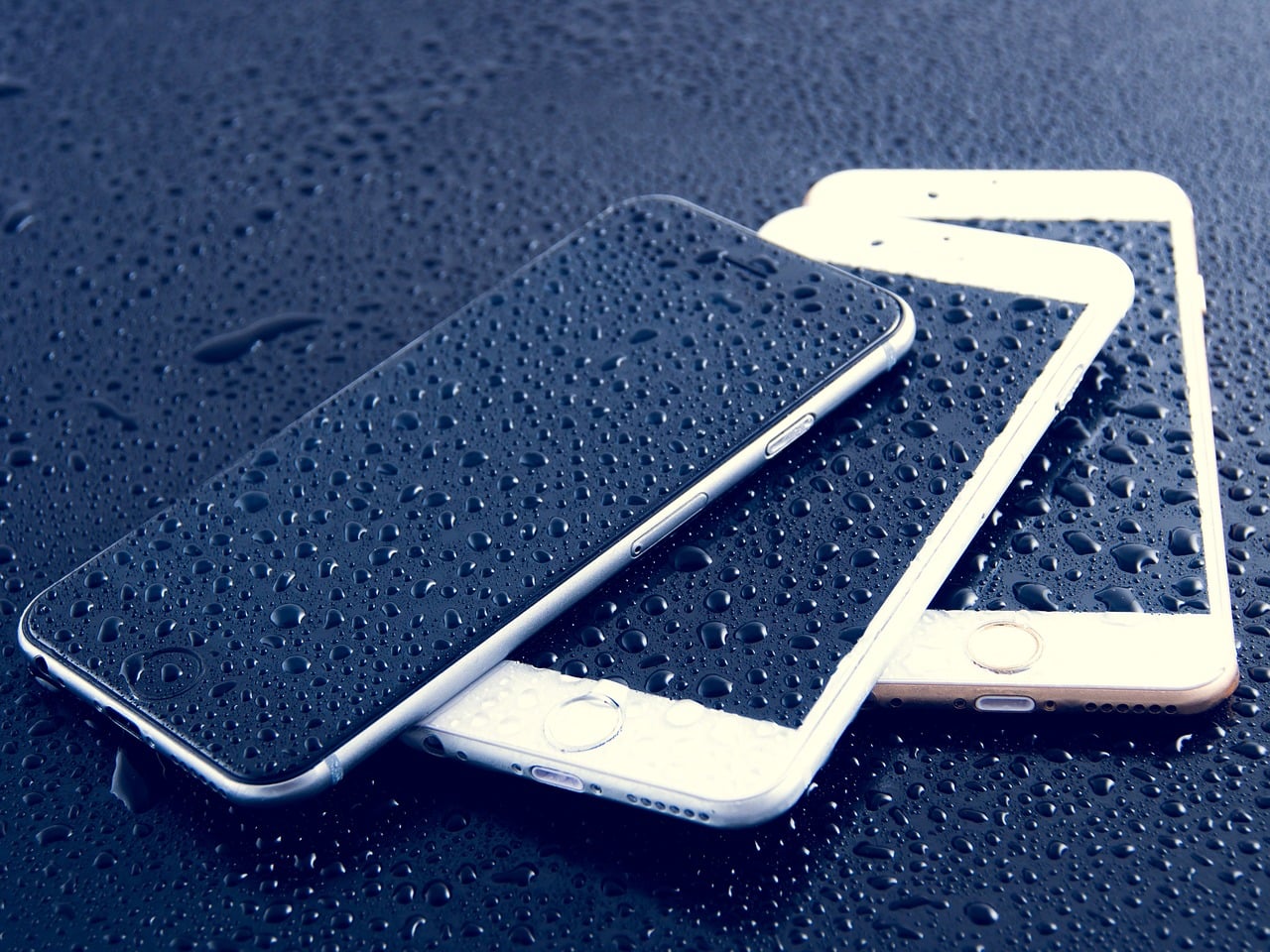
A string of iPhone repair videos surfaced online depicting how the iPhone X is repaired. As many as eleven internal Apple repair guides surfaced on YouTube recently. The videos, however, have now been pulled, sort of confirming that they were indeed real.
iPhone repair videos – were they real?
Motherboard got in touch with the YouTuber, Arman Haji, who uploaded the videos about a month ago. The videos were privately listed on YouTube until now. Haji told that he downloaded the videos from Twitter.
“When I saw these videos I downloaded them out of curiosity, and when his account got suspended, I wanted people to still see them, so I uploaded them to YouTube,” Haji told Motherboard.
The iPhone repair videos are detailed guides of the repair process for the iPhone X. Some videos also show the repair process of the MacBook Pro and iMac Pro among other devices. The videos look real, showing Apple copyrights along with the clips of diagnostic tools and documentation.
Though the iPhone repair videos are no longer available, an interesting piece of information that this leak brings forward is the finesse that the third-parties such as iFixit have been able to achieve when it comes to repairing Apple gadgets. According to Motherboard, the sites such as iFixit have long been following a similar process without even having access to the complex tools and procedures.
Third-party repair shops know it all
Leaked videos of opening an iPhone X and replacing its battery are particularly interesting, and exhibit of how well the DIY community can perform the reverse engineering on the devices. The instructor shows the process of opening the case on the iPhone X similar to what various sites such as iFixit have been doing for years now.
In one of the iPhone repair videos, the instructor explains how to remove the screws near the lightning port and inserts the iPhone X into a device that uses suction cups to clip the screen away from the body. After this, a small tool cuts the adhesive along the seams at the edge of the device. Apple’s suction cup tool is similar to the iFixit iScale tool, only bulkier, notes Motherboard.
Apple’s video of replacing the iPhone X battery is similar to the iFixit video. In both the videos, the adhesive tabs are pulled away from the battery and tweezers are used to roll the adhesive while pulling it softly. Apple’s video talks about the significance of the roll and tug technique by repeating it several times. The video from iFixit names the process as “pull and twist.”
Very protective about its repair tech
It is no surprise that the leaked videos have been blocked (Arman Haji’s entire YouTube channel is gone as well) considering how protective Apple is about its repair technology. While anyone can open an Android repair shop, opening an Apple repair shop requires certification and also the store should follow the strict set of rules put in place by Apple. Those not following Apple’s guidelines are dragged to court, something that Apple did with a Norwegian third-party repair store.
It all started after customs officials seized the shipment of aftermarket iPhone 6 replacement screens last year. After Apple was informed about the same, the company sued the owner, Henrik Huseby, for violating their trademarks. In the court case filed last year, the judge, however, sided with the third-party repair store.
“In this case, Apple indirectly proves what they really want. They want monopoly on repairs so they can keep high prices. And they therefore do not want to sell spare parts to anyone other than ‘to themselves.’” Huseby’s lawyers said in a statement to Motherboard.
This is not the only standalone case against Apple’s repair policy. This year in June, the Australian Federal Court fined Apple approximately $6.6 million for violating Australian Consumer Law of the right to repair. The tech giant was at the receiving end after an “Error 53” message appeared on the devices that were repaired by the third-party shops. The fine is miniscule for Apple, but serves as a strong indication that the countries are no longer in a mood to allow Apple to fiddle with the consumers’ rights.
Apple, however, believes that an error message is a safeguard to protect consumer security by restricting unwarranted access to the users’ fingerprints. However, the error messages appeared only after the user updated the iOS, and if what Apple said is true and security was the main concern, then Apple could have just notified the customers about it.
Moreover, repairing iPhone screens is pretty common for people who live far away from an authorized repair location or need their phone fixed quickly. However, the iPhone maker has always been conservative in offering the original replacement screens to the thousands of repair shops that most people visit.





